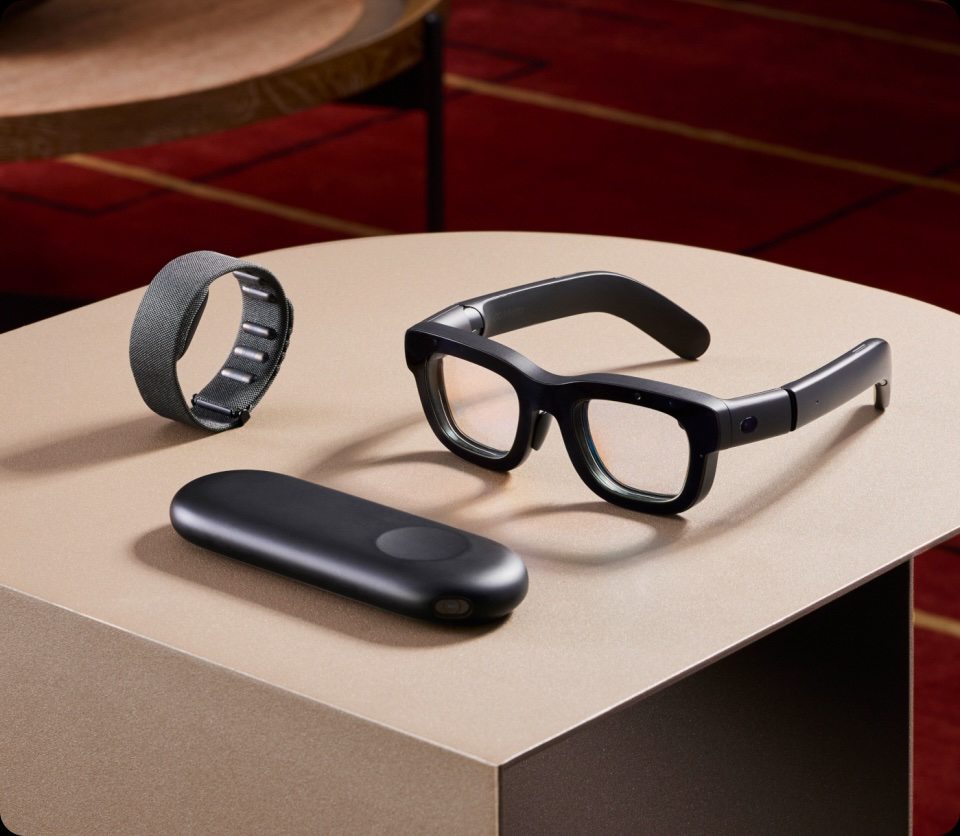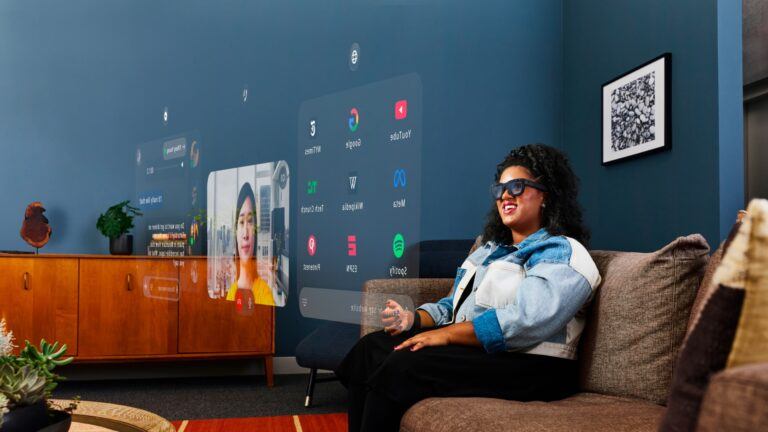On September 25, Meta announced the unveiling of Orion, its advanced augmented reality (AR) glasses, marking a significant step forward in the AR industry. According to Meta, Orion is designed to bridge the gap between the physical and digital worlds, offering users the ability to stay connected without sacrificing their presence in the real world. The company emphasized that these glasses are a culmination of five years of development and experimentation aimed at creating a seamless AR experience.
Meta believes that AR glasses, like Orion, are essential for the future of human-computer interaction, as they provide digital experiences beyond the limitations of a smartphone. With the inclusion of large holographic displays, users can interact with 2D and 3D content directly in their physical surroundings, stated Meta. Additionally, the glasses integrate AI that understands and responds to real-world contexts, allowing for a more intuitive experience. Meta also pointed out the lightweight design of Orion, highlighting its suitability for both indoor and outdoor use while maintaining the ability to see others’ faces and expressions.
According to Meta, the development of AR glasses has been a long-term goal for the industry, but creating a product that combines ease of use with advanced features, such as a large display and AI integration, has been challenging. The launch of Ray-Ban Meta glasses a few years ago demonstrated the potential of hands-free digital experiences, Meta noted. Orion aims to build on that success by adding a holographic display and personalized AI assistance, taking the concept of AR glasses to the next level.
Meta emphasized the groundbreaking nature of Orion’s AR display. The company’s engineers worked on miniaturizing the complex spatial technologies used in VR and mixed reality (MR) headsets into a wearable, everyday form factor. Meta acknowledged that they initially gave themselves less than a 10% chance of achieving this, underscoring the difficulty of the task. However, they have managed to pack the technology into what Meta describes as the smallest form factor for AR glasses to date, with a wide field of view that enables immersive digital experiences like multitasking, entertainment, and life-size holograms.
Unlike existing AR or MR headsets, Meta stressed that Orion retains the appearance and function of a traditional pair of glasses, allowing users to see the eyes and expressions of those around them. Meta stated that Orion’s transparent lenses help users stay engaged with their surroundings while interacting with digital content.

Meta revealed that Orion comes with Meta AI, the company’s smart assistant, which can provide helpful visualizations in real time. Meta illustrated this by explaining how users can receive recipe suggestions by simply looking at the contents of their refrigerator or making hands-free video calls while adjusting a digital calendar. These examples, Meta said, demonstrate the range of possibilities Orion can enable, all without needing to reach for a smartphone.
However, Meta clarified that Orion is still a prototype and will not be available to consumers just yet. Meta described Orion as one of its most refined prototypes to date, one that closely resembles a product that could be launched in the future. For now, Meta plans to focus on internal development and testing with select external audiences, with the aim of learning and iterating before a full consumer release.
According to Meta, the next steps involve refining the AR display to improve visual quality, reducing the size of the form factor, and scaling production to make Orion more affordable. Meta anticipates that these efforts will lead to new AR devices in the coming years, expanding on the foundation laid by Orion. The company underscored that while Orion offers a glimpse into the future, it also demonstrates the tangible advancements being made in AR technology today.









